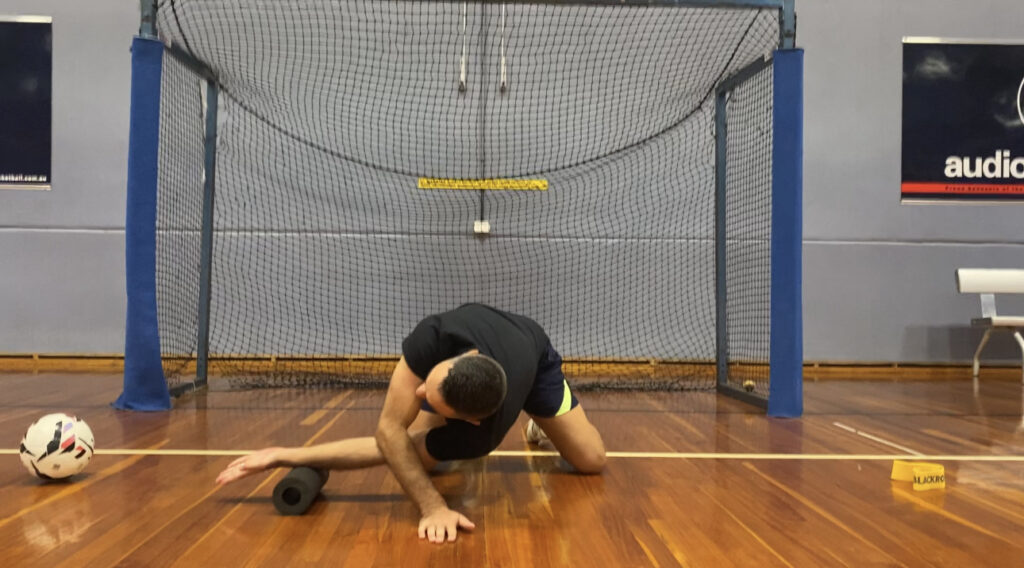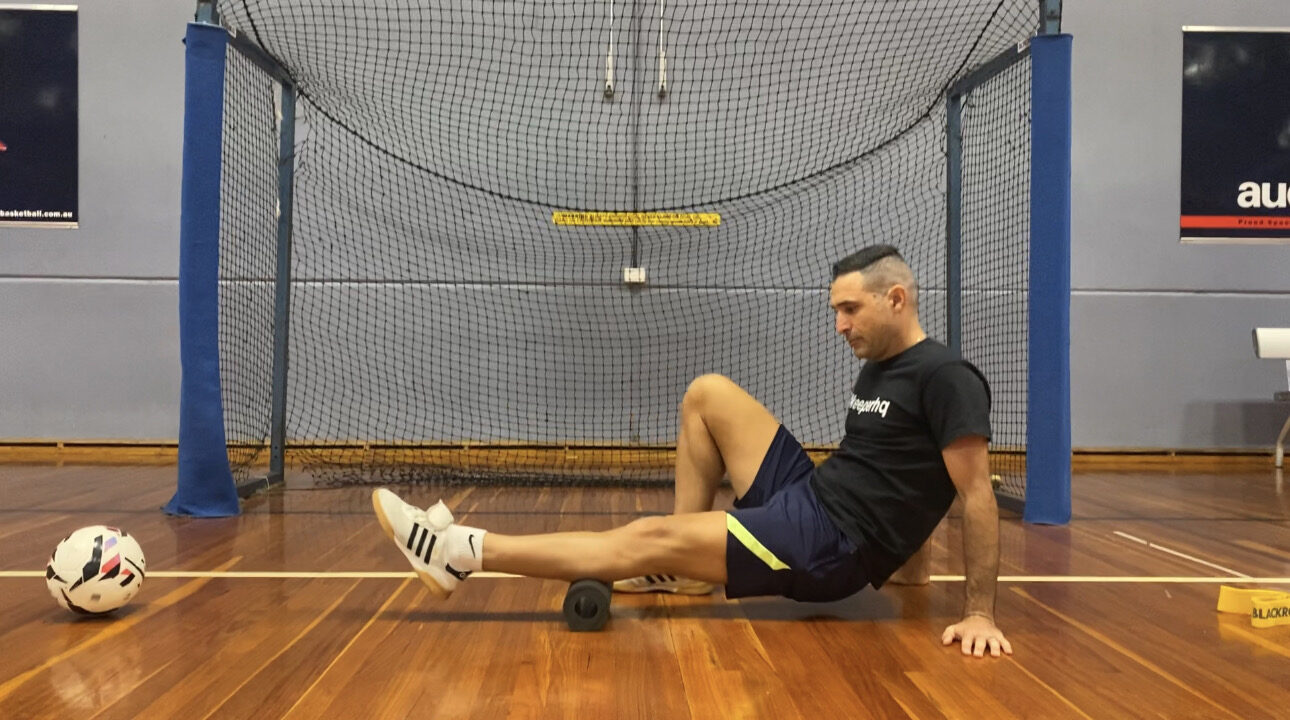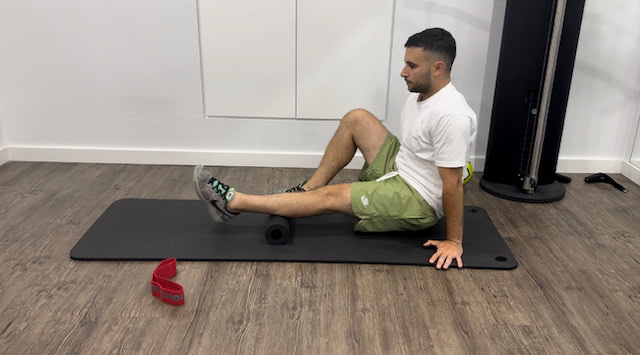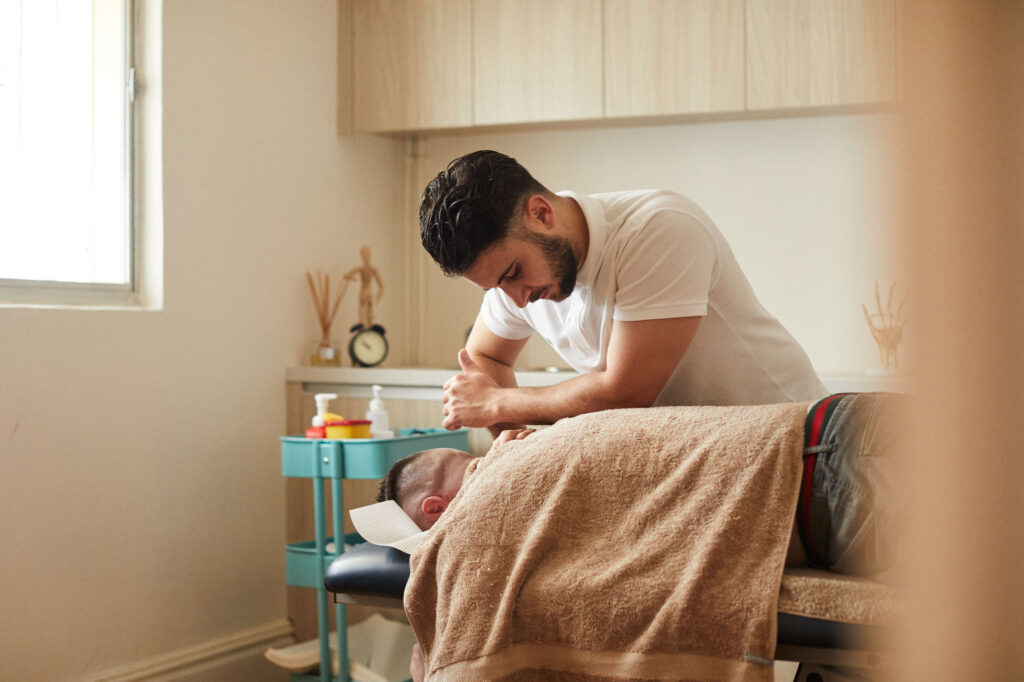A Sport Physio’s Guide to Foam Rollers for Football Players


Written by Patrick Bugge – Physiotherapist – Incline Health
As a sports physiotherapist working with football clubs and grassroots players, I’ve seen first-hand how much difference proper recovery makes through various forms of exercise — not just in reducing injury risk but in boosting performance week after week.
Foam rollers for football players have become a common sight in changing rooms, warm-up areas, and even living rooms. Yet, I still hear the same questions from players: “Am I doing it right?” or “Does this actually work?” particularly when dealing with stiffness.
This guide will:
- Debunk common foam rolling myths
- Give you practical, evidence-based advice you can use straight away
- Help you choose the right foam roller for your needs
- Show you exactly when and how to roll for maximum benefit
Whether you’re a Sunday league regular, a semi-pro chasing performance gains, or returning from injury, this is your go-to recovery playbook.
Why Foam Rolling Matters for Football Players


A Recovery Tool Backed by Research
Foam rolling isn’t just a passing trend — it’s a form of self myofascial release that targets muscles and fascia (connective tissue). Studies show it can increase blood flow, reduce muscle soreness, and help restore your normal range of motion after tough sessions.
Muscle Recovery After Matches & Training
After a hard 90 minutes, your quads, hamstrings, calves, and glutes are loaded with micro-tears in the muscle tissue. Foam rolling helps speed post workout recovery by stimulating circulation, combating delayed onset muscle soreness removing waste products, and delivering oxygen to aid repair.
Injury Prevention
Consistent rolling helps reduce muscle tension and prevent tight muscles from turning into overuse injuries, thus enhancing muscle recovery . For football, that means fewer hamstring pulls, calf strains, and IT band issues.
Performance Maintenance
By improving mobility and muscle recovery, foam rolling can enhance performance over a long season and also improve flexibility . It helps keep you moving freely — essential for sprinting, quick changes of direction, and avoiding fatigue late in games.
Cost-Effective vs Frequent Physio Visits
While foam rolling won’t replace professional treatment, it can help control inflammation and keep minor niggles under control between physio sessions, saving you money and downtime.
When to Foam Roll
Pre-Training: Activation & Mobility
Foam rolling before training can help “wake up” your muscles, improving mobility and preparing them for action. Target key football muscles — quads, hamstrings, calves — for 30–60 seconds each.
Post-Training: Recovery Mode
After training or matches, rolling aids muscle recovery and can help reduce muscle soreness. Here, your focus is slower movements, moderate weight pressure, and longer holds on trigger points.
Match Day Protocols
- Before the game: Light foam rolling plus dynamic stretching
- After the game: Gentle rolling, focusing on any areas that feel uncomfortable
Rest Day Maintenance
On rest days, foam rolling can help maintain mobility and address tight muscles without overloading your body.
When NOT to Foam Roll
Avoid rolling over: for example, your joints or any bones.
- Fresh injuries
- Areas with swelling or bruising
- Directly on bones or joints
- If it causes sharp pain beyond your normal pain tolerance
Foam Rolling Techniques for Football Players
Quads
Sit in a plank position with the roller under your thighs. Roll from hip to just above the knee, pausing on tight spots.
Hamstrings
Sit with legs extended, roller under the back of your thighs. Roll from glutes to just above the knee, keeping moderate pressure.
Calves
Sit with roller under calves, hands behind for support. Roll slowly from ankle to just below the knee.


IT Band
Lie on your side with roller under outer thigh. Roll from hip to knee — expect this to feel uncomfortable at first.
Glutes
Cross one ankle over the opposite knee, sitting on the roller. Target glute muscles with small, controlled rolls.
Duration & Pressure Guidelines
- Pre-training: 30–60 seconds per muscle
- Post-training: 60–90 seconds per muscles
- Use softer roller if you’re new; increase density over time
Common Mistakes to Avoid
- Rolling too fast
- Spending too long in one spot
- Using poor posture during rolling
- Ignoring pain tolerance
Choosing the Right Foam Roller
Density Options
- Soft: Beginner-friendly, less intense
- Medium: Good all-rounder
- Firm: For experienced rollers or deep tissue needs
Size Considerations for Travel
Mini rollers are great for away matches and gym bags; full-size for home recovery.
Budget Recommendations
You don’t need to overspend — mid-range rollers, such as the BLACKROLL® Foam Roller, often last just as long as premium models.
Features That Actually Matter
Focus on roller density, durability, and surface texture; ignore gimmicks unless they add real benefit.
Should Footballers of All Levels Use a Foam Roller?


Youth Players (12–18)
Safe when supervised — great habit to develop early.
Amateur & Sunday League
Knowing the advantages of foam rolling is essential for keeping bodies match-ready between games.
Professional & Semi-Pro
Non-negotiable for maintaining peak performance and recovery time.
Professional Perspective: What I Tell My Players
Real Case Study – Hamstring Niggle
One Sunday league winger avoided a 4-week layoff by integrating daily rolling with physio-prescribed stretches.
When to See a Physio Instead
If rolling causes pain, swelling, or worsens symptoms — seek professional advice.
Red Flags to Watch For
- Sudden sharp pain
- Loss of strength
- Unusual swelling or bruising
Integration with Other Recovery Methods
Foam rolling should complement static stretching, mobility work, workout massage, and adequate rest.
FAQs
Is foam rolling good for footballers?
Yes — it aids muscle recovery, prevents injury, and keeps you match-fit.
Are foam rollers good for athletes?
Absolutely — especially in sports involving repeated sprinting and changes of direction.
How often do footballers foam roll?
Most benefit from 3–5 sessions a week, plus light rolling on match days.
Where should you not use a foam roller?
Avoid joints, bones, or injured areas.
Take the First Step to Better Recovery & Improved Performance
Foam rolling is a cost-effective, time-efficient way to keep your muscles ready for football. Done right, it will help you recover faster, play better, and reduce injury risk.
If you want a personalised recovery plan or have ongoing issues, book a Sports Physiotherapy session with Incline Health.
And if you’re serious about preventing injuries, check out our Football Injury Prevention Course.






